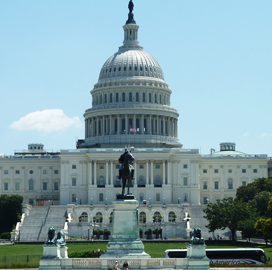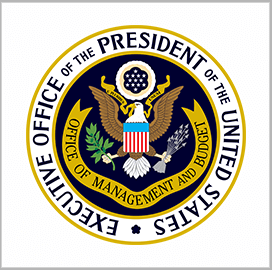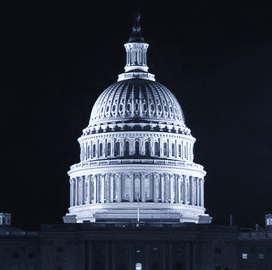Karl Mathias, chief information officer at the Department of Health and Human Services and a 2023 Wash100 awardee, will step down as CIO on Dec. 1 to assume an engineering role at NASA, Federal News Network reported Tuesday.
In an email to employees obtained by FNN, Mathias mentioned some of the accomplishments of the CIO office in the past 20 months under his leadership, such as advancing a strategic direction for the department’s cybersecurity posture, creating a strategy for data management and evaluating acquisition packages “to ensure proper use of information technology.”
Prior to joining HHS in March 2022, Mathias was CIO of the U.S. Marshals Service. He is a retired U.S. Air Force lieutenant colonel who served as deputy head of the electrical engineering department at the Air Force Institute of Technology.
Jennifer Wendel, deputy CIO at HHS and a 17-year FBI veteran, will take over as acting CIO until the department appoints a permanent replacement.
La Monte Yarborough, chief information security officer at HHS, will serve as the department’s deputy CIO on an interim basis, according to the report.











